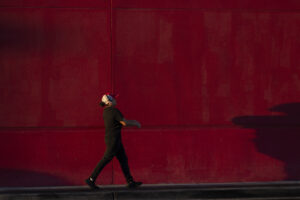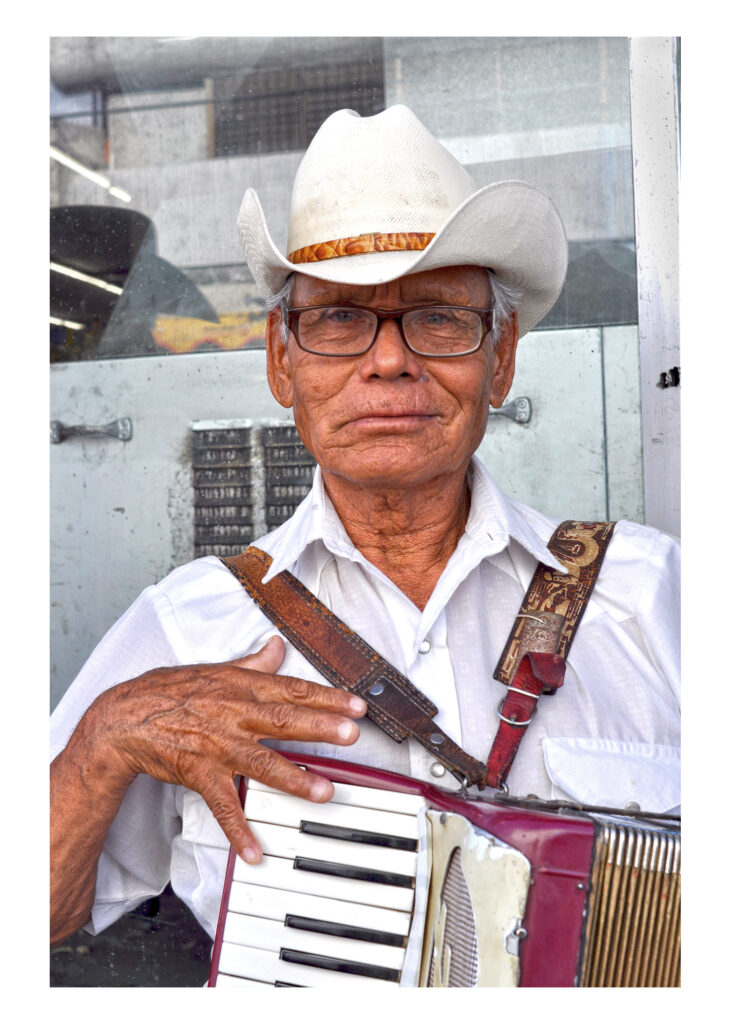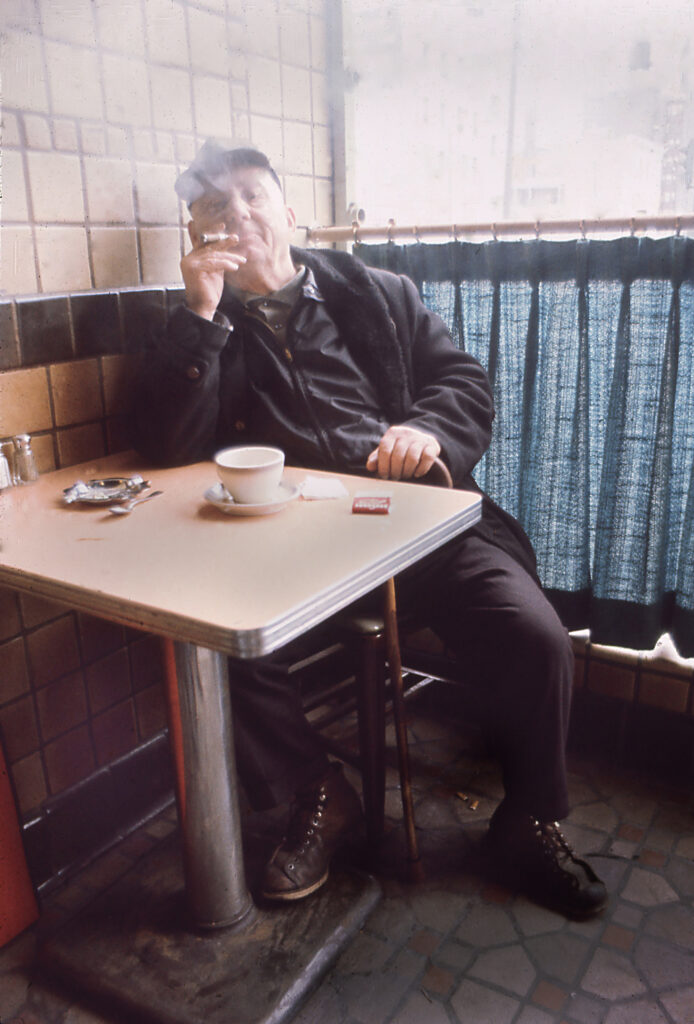Documentary Paper – What is Documentary Photography?
When you think of a history textbook, what comes to mind? Is it endless pages of black font on a dirty white page? Or is it, perhaps, the rich and detailed photographs that fill the gaps? Obviously it’s the photographs. Photographs are arguably the most important part of a textbook, or any book for that matter. They are easily the most interesting things on the page and for good reason too. Photographs provide a real-life glimpse into the past far beyond the ability of verbal description. Photographs can display emotions unlike any words could dream and can also teach historians so many details about the past that writers may forget to mention.
The first ever photograph was taken in 1826 by French inventor and photographer Joseph Nicéphore Niépce. His camera took over eight hours to create the photo and the quality does not even compare to that of photographs today, but either way, history was made and the beginning of documentary photography had commenced. Documentary photography has a very loose definition but ultimately, it is the preservation of the past through photographs. While some critics may only consider documentary photography to be photographs of major historical events, I would have to disagree. Documentary photography is any photo from the past that can teach us a little more about what life was like then. This could include anything from Louis R Lowery’s famous photograph of United States Marines raising the American flag on Mount Suribachi after the Battle of Iwo Jima to a simple photograph of granny hanging her bonnets to dry on the clothes line.
One of the most important documentary photographic projects in American history is the work of the Farm Security Administration. In the depths of the economic depression (in the 1930s and 40s) in the United States, President Franklin Roosevelt established this agency to help poor farmers, migrant workers and sharecroppers. The FSA, and Dorthea Lang in specific, took hundreds of photographs of these struggling Americans and shared them with the public, pushing the government to improve living conditions in the US. The administration was ultimately a success, all thanks to the power of photography and the ability to display so much emotion in a simple image.
Documerica is another well-known documentary photography project in the United States that took place in the 1970s. This project intended to demonstrate the rapid decay of the beautiful landscapes in this country. For example, photographer Michael Philip Manheim captured photographs of noise pollution in Boston. Manheim offered “images of low-flying 727 jets screeching over the rooftops of East Boston houses” to the Documerica cause. Another Documerica photographer, Jack Corn took photos in West Virginia and Tennessee, capturing images of “coal miners and their families coping with mining-related injuries and the dreaded black lung disease.”
In a similar fashion, in the early 1900s, photographer Lewis Hine captured the poor treatment of children being overworked in factories and mills with hopes of ending child labor. Thanks to his convincing and powerful photographs, the government was convinced to create laws against child labor in the United States.
As we have learned, documentary photography has been going on since the invention of the camera and has been used as propaganda to resolve many government-affiliated issues. Documentary photography can certainly be seen as a large-scale movement of photos that have changed the course of history, but, as mentioned before, it can also be much more simple. Documentary photography is truly a telescope into the past. It has taught us much of what we know about history and how things used to be.
My favorite historical documentary photographer is Louis R Lowery. As a Marine Officer candidate who will be commissioning in a couple months, I have deep respect for Lowery’s work and passion for the Corps. My dream MOS in the USMC is to be a communications strategy officer where I would be doing the same kind of work as him. Lowery went to and captured six major campaigns in World War II and is responsible for one of the most famous photographs in American war history. The photograph of the first American flag being raised by four Marines on Mount Suribachi after the Battle of Iwo Jima in 1945 was a huge moment in history and the emotion in the photo displays just that. That photography signified the power and perseverance of the Marines and even the symbol of the Corps itself. Lowery was awarded two Purple Hearts for his incredible work in the Corps. His ability to preserve history through photographs is a blessing to the nation.
1950s: Gordon Parks. American documentary photographer among many other things like poet and filmmaker. Mostly captured civil-rights issues, poverty and African Americans.
Present Day: James Nachtwey. War time American documentary photographer who has been awarded five Overseas Press Club’s Robert Capa Gold Medals five and two World Press Photo awards.





